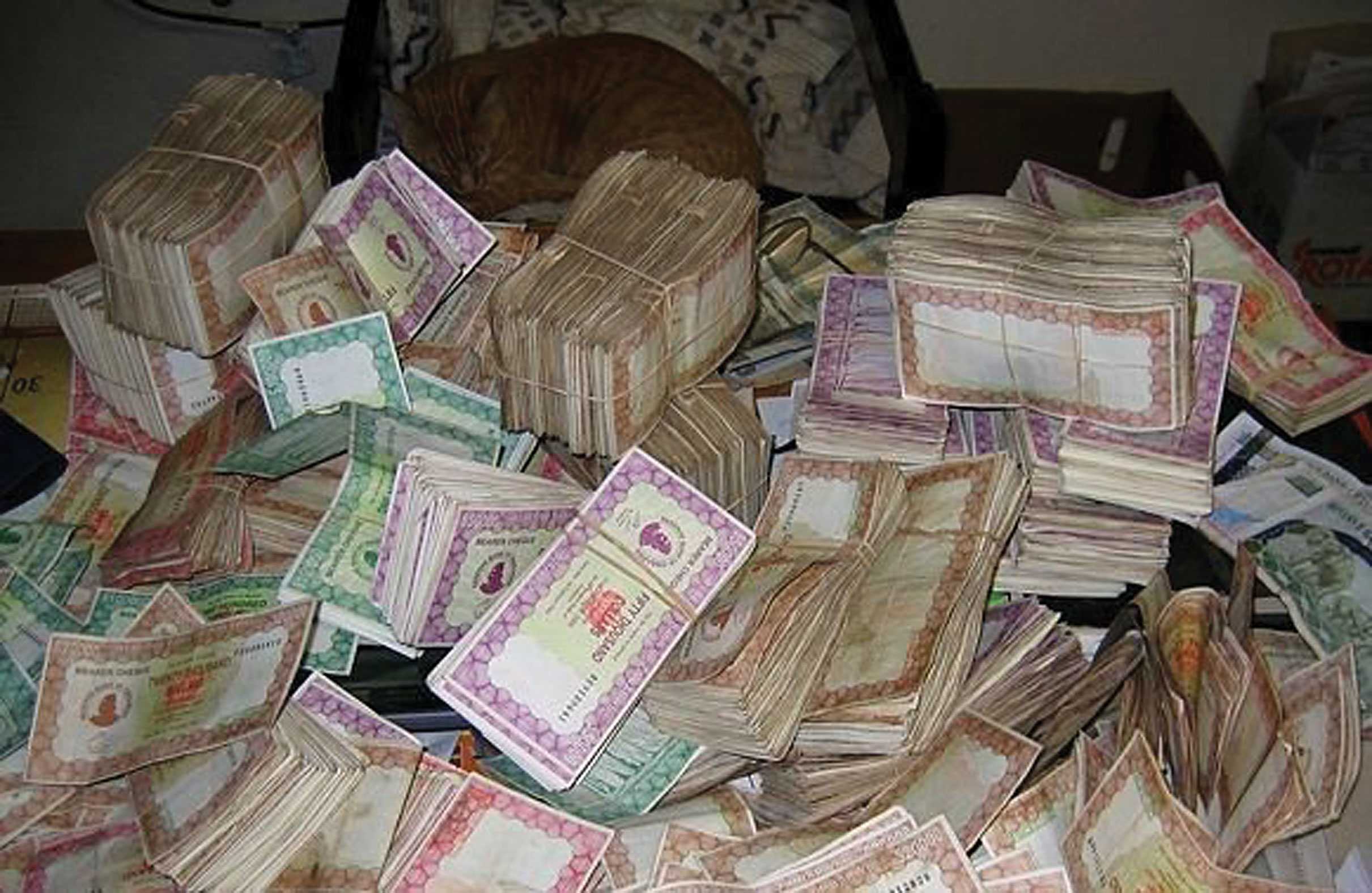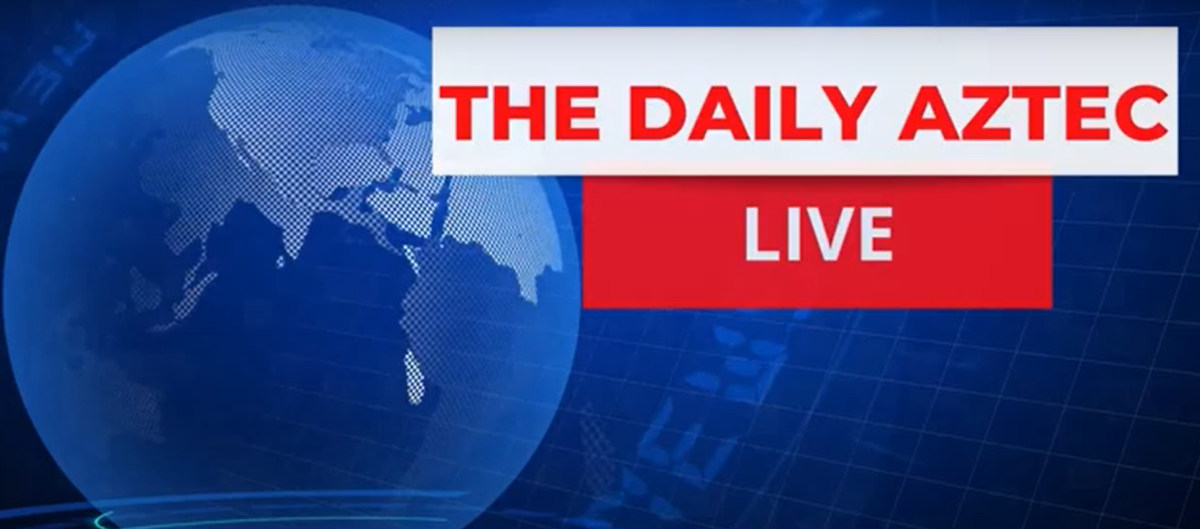 Courtesy of Matt Clifford
Courtesy of Matt CliffordFor the past month, writers and reporters have been infatuated with our country’s current financial situation. It seems like every day there is a new title being flashed across the front page of newspapers, depicting further economic and financial turmoil. It’s depressing, reading headlines day after day titled: “Economic Outlook Darkens,” “Credit Markets Have Bottomed Out,” “Outlook Grows Gloomier” or “The Worst is Yet to Come.” The list goes on forever. The truth is, we are in a financial debacle and the outlook is gloomy. However, compared to other parts of the world, our situation could be substantially worse.
Zimbabwe is experiencing a true financial crisis, one that dwarfs the shocking notion of a $700 billion bailout plan. Zimbabwe is battling severe hyperinflation, contrary to regular inflation, which is a general rise in the price of goods and services. Hyperinflation is inflation on steroids: Prices increase so rapidly that a country’s currency loses its value quickly. Over the last year, the Zimbabwean dollar has lost more than 99.9 percent of its value compared to the U.S. dollar.
The hyperinflation is so rampant, the currency is literally worthless. The devalued currency is destroying the economy, pushing more of its inhabitants into poverty and forcing millions of Zimbabweans to emigrate. As of Oct. 31, Zimbabwe’s annual inflation rate was 2.79 quintillion (1018) percent. The country is sadly filled with poor millionaires; it has come to the point where the paper the currency is printed on is worth more than the currency itself. Notes are now being printed in billion and trillion dollar denominations.
Just last month, a loaf of bread was priced at 1.6 trillion Zimbabwean dollars. The numbers are shocking: A 2-liter bottle of Coke is $10 billion, a bottle of beer is $22 billion and going out to dinner would require a wheelbarrow of cash. When going out to dinner and paying by check, restaurant owners require doubling the amount so by the time the check clears, the money is valued correctly.
The source of Zimbabwe’s hyperinflation is the Reserve Bank of Zimbabwe’s money machine. Rationally, before any money can be printed it has to be borrowed. Just as gold once backed the dollar, debt now does. Typically, for a currency to be worth something it has to be backed by a bond or a loan 8212; not in Zimbabwe. President Robert Mugabe has been arbitrarily printing money like a little kid at Kinko’s. Once the value reaches a certain point, what’s the solution? Simple, add more zeros and make the $100 million notes billion dollar notes.
The economy is truly collapsing under the weight of Mugabe’s economic mismanagement. Last week in a business class, I wrote an article describing California’s 6.9 percent unemployment rate. Furious and frustrated by our government’s mismanagement, I was calling for change, but sadly, my thoughts were isolated. Zimbabwe has now reached an 85 percent unemployment rate and is spiraling into deeper poverty.
The situation is humbling, and I hope it allows you to form a different perspective on our current state of the economy. As bad as things may seem at home, they truly aren’t. Many times I feel we complain simply for the sake of complaining. As the world’s superpower, it’s our duty to be mindful and cognizant. We need to remove the ignorance and isolation from our lives and think with a global perspective. Next time you read an article titled: “Economic Outlook Darkens” or “The Worst Is Yet to Come,” please remember Zimbabwe. Also, remember that things here in America, domestically are not as bad as they seem.
Because the hyperinflation is occurring at such a fast speed, it is important to note that the numbers in Zimbabwe change constantly. Any printed price is now grossly different and inaccurate. However, at one point, the prices cited in this column accurately reflected the cost of goods and services sold.
8212;Matt Clifford is a business administration senior.
8212;This column does not necessarily reflect the opinion of The Daily Aztec.






